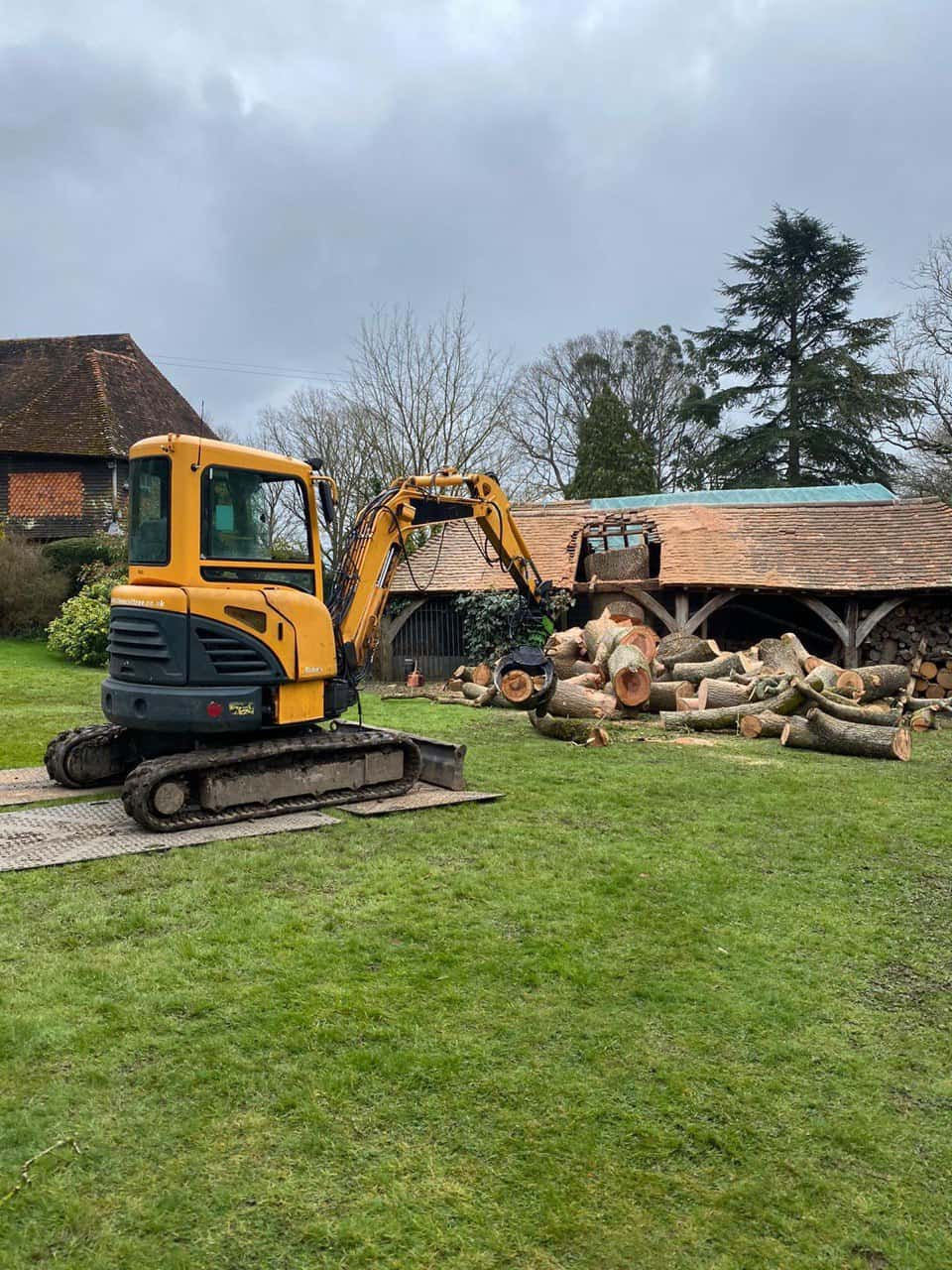6 Signs Your Tree’s Crown Is Growing Out of Control
Introduction
Trees are often treasured features in our gardens and green spaces across Olney and wider Buckinghamshire. However, even the healthiest trees require regular attention to stay safe, attractive, and well-structured. One common yet overlooked issue is when the crown — the upper part of the tree made up of branches and foliage — becomes overgrown or unbalanced.
At Olney Tree Surgeons, we frequently help property owners identify crown-related issues that can lead to more serious problems if left unchecked. Here’s how to spot the signs that your tree’s crown might be due for some expert intervention.
1. Overhanging Branches Threaten Property
When branches begin to stretch over roofs, fences, vehicles, or even power lines, they pose a risk — especially during windy weather. Overgrown crowns are more prone to snapping or dropping limbs, which can result in costly damage or blocked access.
Watch for:
- Branches touching or looming close to structures
- Debris on roofs or in gutters after wind
- Growing shadows over paths or parking areas
2. Dense Canopy Blocks Light and Airflow
While shade is often welcome, an excessively dense crown can block sunlight and limit airflow in your garden. This can lead to damp patches, moss growth, and poor lawn health. It also creates an environment where fungal diseases can thrive within the tree.
Common symptoms include:
- Sparse grass or moss below the tree
- Dark, gloomy garden zones
- A thick wall of foliage you can’t see through
3. Uneven or Asymmetrical Shape
An out-of-control crown often loses its natural symmetry. This can make the tree look unbalanced and unattractive, especially if growth is favouring one direction due to wind or light exposure. Over time, the imbalance may even lead to the tree becoming structurally unstable.
You may notice:
- A lopsided or awkward silhouette
- One side significantly heavier than the other
- Leaning or bowing in response to uneven weight
4. Regular Branch Drop
Shedding the occasional twig is normal, but frequent or sudden dropping of larger branches is a warning sign. This is often caused by overcrowding in the crown or internal decay due to poor ventilation.
Red flags include:
- Sudden falls of large limbs, even in calm weather
- Bark or leaves that appear brittle or sparse
- Noisy cracking or creaking during wind
5. Crowding Other Trees or Plants
If your tree’s crown is starting to encroach on neighbouring trees or garden beds, it can cause competition for light, nutrients, and space. This affects the health of nearby plants and can lead to one tree dominating an entire area.
Look for:
- Nearby trees growing tall and thin in response
- Plants wilting or showing signs of poor growth
- Tangled branches between trees
6. Uncontrolled Height Growth
Sometimes, it’s not just the spread — the height of the crown becomes a problem too. Excess height can make trees more vulnerable to wind damage and harder to manage safely. It also affects sightlines and could even impact planning regulations in some areas.
This becomes a problem when:
- Your tree blocks views or light to upper-storey windows
- It’s becoming too tall for your garden scale
- You’re worried about storm resilience or toppling
Conclusion
An out-of-control crown isn’t just an aesthetic issue — it can lead to serious risks, from structural damage to plant health and personal safety. The good news is that with skilled crown thinning, reduction, or shaping, these problems can be resolved without removing the tree altogether.
At Olney Tree Surgeons, we specialise in responsible, tailored crown work that enhances your tree’s structure while improving light, airflow, and garden safety. If your tree is showing any of the signs above, get in touch with our expert team today and keep your landscape thriving for the long term.
Call us on: 01234 981 895
Click here to find out more about Olney Tree Surgeons
Click here to complete our contact form and see how we can help with your tree care needs.

